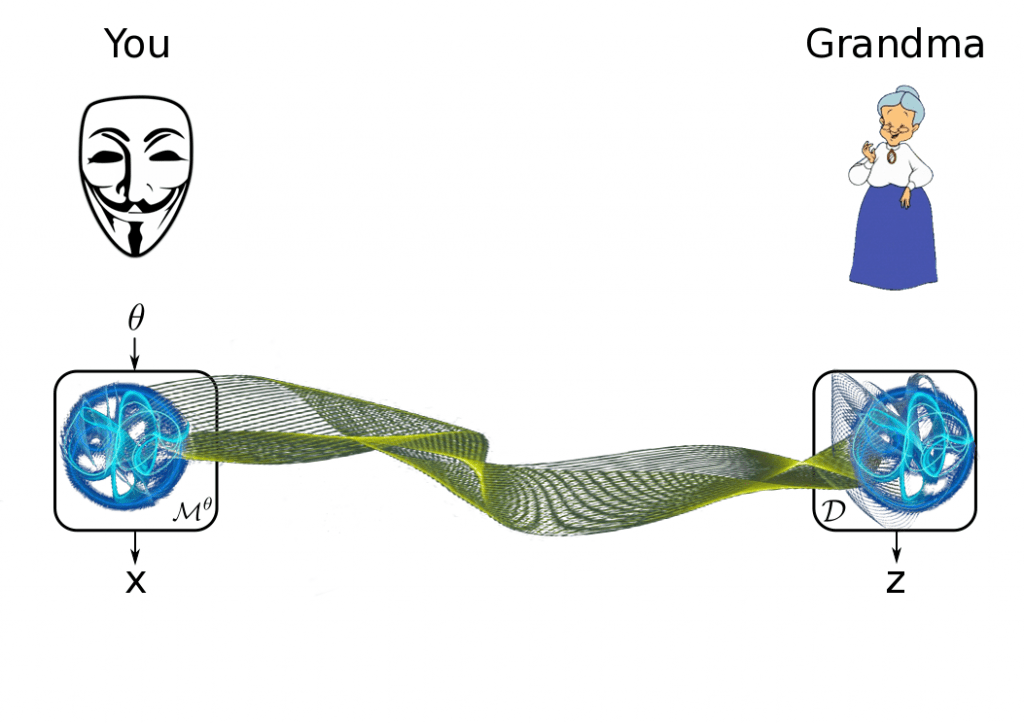29.11.2016difficulty level - Q
Nanoscale Superstition
by Michiel de Moor
In our cleanroom, we use nanofabrication techniques to combine materials in a precise and controlled way in order to study the wonders of quantum physics. For a nice introduction on the topic, I recommend reading Madelaine Liddy’s blog post. This post is not about nanofabrication specifics, but more about the people involved in the process.
Doing nanofabrication takes up a significant amount of time. Often it’s very difficult to understand what the important parameters are, and outcomes can seem random. As scientists, we should be rational and analyze the problem, then test possible solutions until we understand what is happening. But as people, we are susceptible to the same kind of magical thinking that makes people believe lightning strikes are a sign of Zeus’ displeasure.
As with cooking food, every research group will have their own fabrication recipes (which are, of course, the very best in the world). In addition, every group will have its’ own superstitions, passed down through generations of PhD students. People are taught that their process will only work if they use a specific machine, with a specific holder, at a specific time of day. Sometimes, there can be plausible arguments for these assertions. For example, even nominally identical pieces of equipment can give slightly different results over time because of how they have been used.
But sometimes, there are not-so-plausible conjectures, such as the hypothesis that the performance of a machine is somehow related to the cycle of the moon. As a so-called “serious” scientist, I like to make fun of athletes when they talk about their pre-game rituals (e.g. putting underwear on backwards, having the same dinner before a game every time), but when it comes to nanofabrication I sometimes catch myself thinking in similar terms, and even performing small rituals before each step to ensure success. Processes fail because the rituals were not performed properly, and the demons of the cleanroom punished you for slighting them. Every time the process succeeds the superstition is reinforced, and rituals become more and more elaborate as time goes on. This can be very annoying when you’re new in a lab and people are trying to explain to you how stirring clockwise is totally different from stirring counter-clockwise (and don’t even think of alternating!).
In the end there is no such thing as magic, of course. Failures breed creativity, and with each failed experiment we get closer to understanding the underlying mechanisms. With proper process control, none of the weird fabrication superstitions end up making a difference, and it turns out there are no cleanroom demons, just cleanroom users. It’s important to remember this even when you’re trying to navigate a new process and you’re considering the possibility that every time you start your process, you somehow open a wormhole to a universe where physics works differently. To quote the legendary Stevie Wonder: “When you believe in things that you don’t understand, then you suffer. Superstition ain’t the way”.
 Michiel de Moor is an experimental physicist working on topological quantum computer. He spends most of time in a loop of fabricating quantum devices and measuring quantum devices. When he’s not working in the cleanroom, he enjoys seemingly pointless discussions and taking part in pub quizzes. Groundhog Day is one of his favorite movies.
Michiel de Moor is an experimental physicist working on topological quantum computer. He spends most of time in a loop of fabricating quantum devices and measuring quantum devices. When he’s not working in the cleanroom, he enjoys seemingly pointless discussions and taking part in pub quizzes. Groundhog Day is one of his favorite movies.
